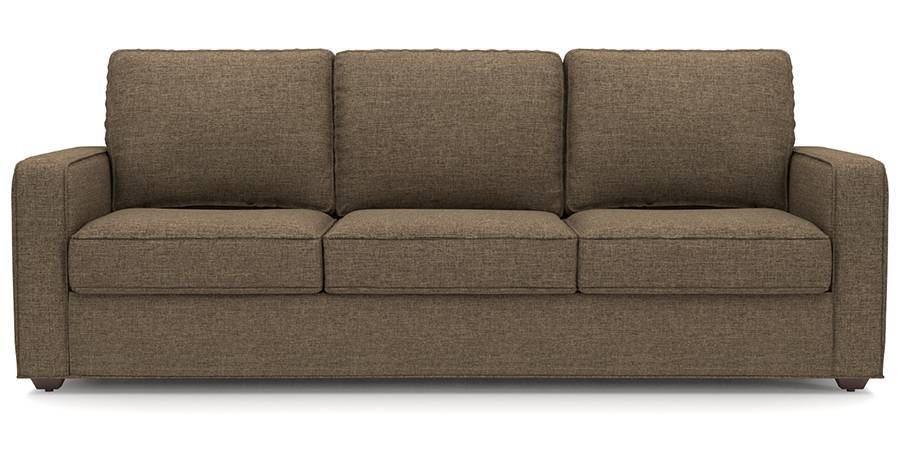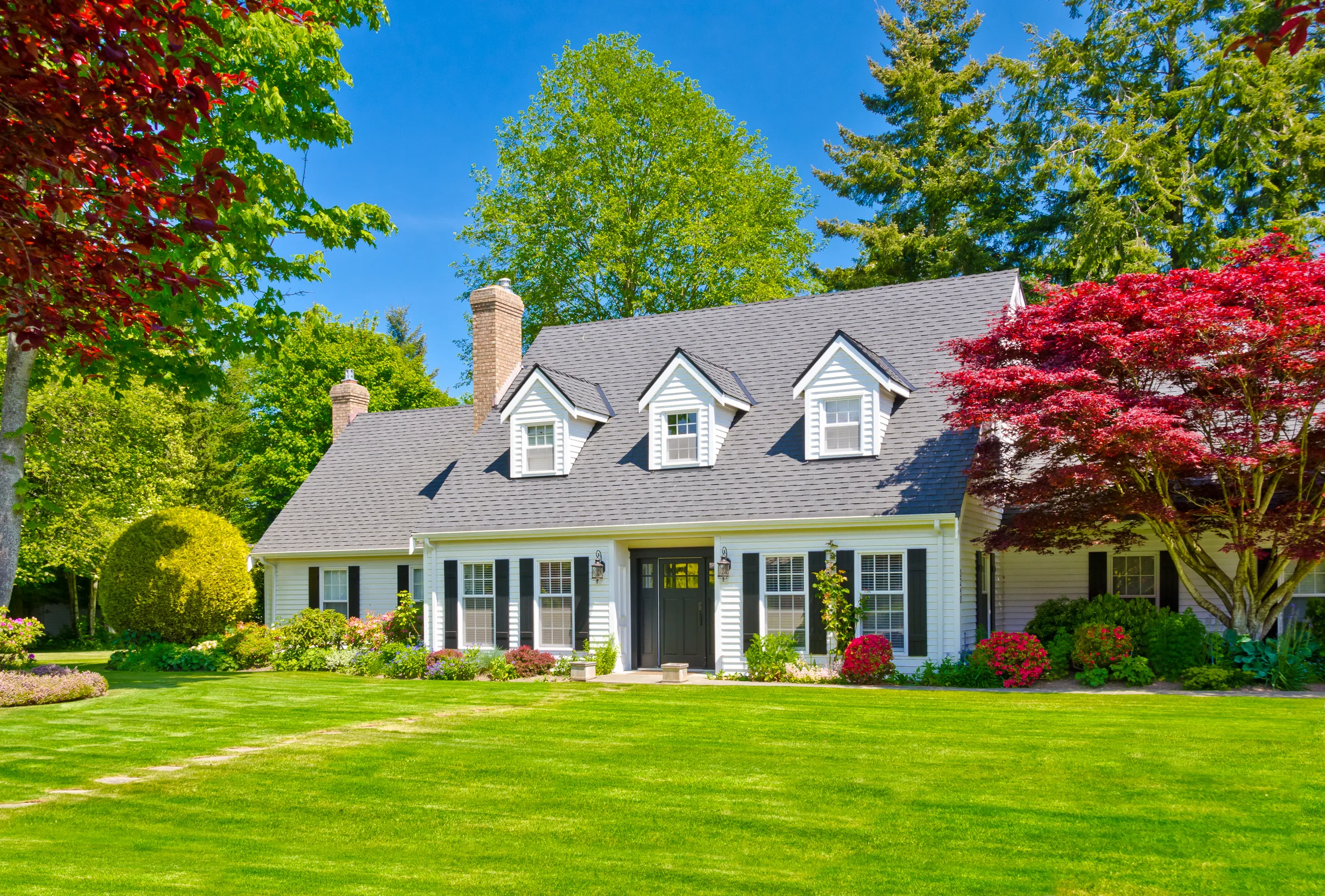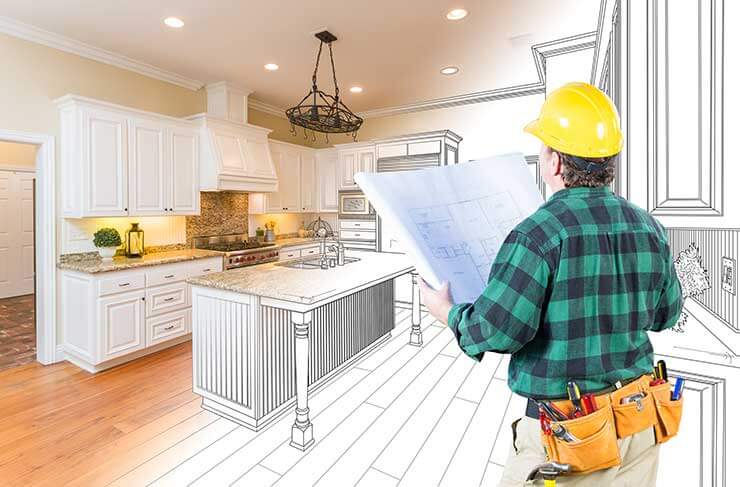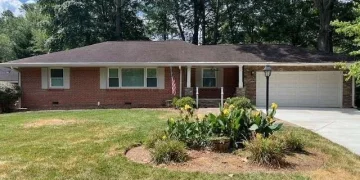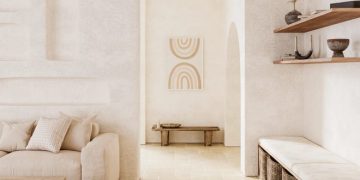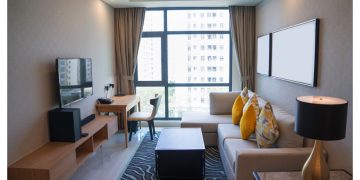Balcony privacy in condos – Creative solutions that work
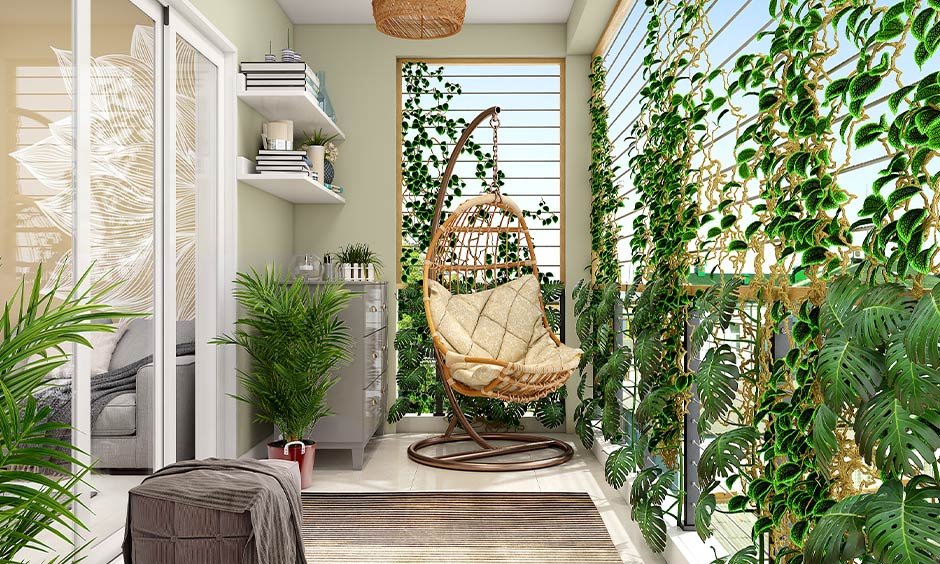
Balconies offer valuable outdoor living space in condominium developments, but their exposed nature often leaves residents feeling on display rather than relaxed. Creating privacy without violating building regulations or compromising aesthetics presents a common dilemma for condo dwellers. While browsing properties like faber-residences.sg, potential buyers frequently overlook privacy considerations that become apparent only after moving in. Fortunately, several effective solutions exist that balance privacy needs with building rules and design harmony, transforming exposed balconies into private retreats.
Vertical garden privacy screens
Living privacy solutions provide seclusion and beauty while often meeting strict building exterior regulations.
- Tall potted plants like bamboo create natural screens without permanent installation
- Trellises with climbing vines offer progressive coverage that increases over time
- Modular planter systems allow customisable green wall configurations
- Artificial plant screens provide immediate, no-maintenance privacy options
- Herb gardens combine practical growing space with strategic privacy placement
- Seasonal flowering plants add colour while creating visual barriers
These green solutions work particularly well in buildings with restrictions against solid privacy structures that permit container plants. The visual softness of plants typically draws fewer objections from neighbours and management than more complex architectural elements. Strategic placement focusing on sightlines from neighbouring balconies maximises privacy impact while minimising the number of plants required.
Fabric and textile approaches
Textile solutions offer flexibility, affordability, and easy adaptation to changing privacy needs throughout different seasons and times of day. Outdoor curtains with weighted hems resist wind while providing adjustable privacy levels with minimal permanent hardware. Weather-resistant shade sails create architectural interest while blocking specific exposure angles identified as privacy concerns. Retractable privacy screens mount discreetly and deploy only when needed, preserving views and airflow during private moments.
Partial barrier strategies
Creating targeted privacy barriers that address specific exposure concerns often proves more effective than attempting complete enclosure.
- Focus on seating height barriers rather than full-height screens for seated privacy
- Install corner L-shaped screens where neighbouring sightlines create the greatest exposure
- Use varied height elements to block specific problem viewpoints while maintaining openness
- Create privacy zones that shield only portions of the balcony for different activities
- Position movable screens that can adapt to changing sun positions or neighbour activities
These targeted approaches maximise privacy impact while minimising material costs and potential management objections. By addressing only the problematic sightlines rather than completely enclosing the space, these solutions maintain the open feeling that makes balconies desirable in the first place.
Light and reflection techniques
Strategic use of light and visual distraction creates psychological privacy that complements physical barriers without closing in the space. String lights or lanterns create visual focus points that draw attention away from the balcony interior, particularly during evening hours. Reflective elements like small mirrors or metal decorations create visual confusion that disrupts clear sightlines from neighbouring vantage points. Wind chimes or subtle motion elements draw the eye to their movement rather than the balcony occupants. These perception-based techniques supplement physical privacy measures without creating architectural changes that might violate building policies. They work particularly well for nighttime privacy when traditional screening becomes less effective, but lighting differences create natural visibility challenges.
These furniture-based solutions require no permanent installation or building approval while creating immediate privacy improvement. These approaches maximise space efficiency while solving privacy challenges through dual-purpose design by working with necessary functional elements rather than adding dedicated privacy screens.



